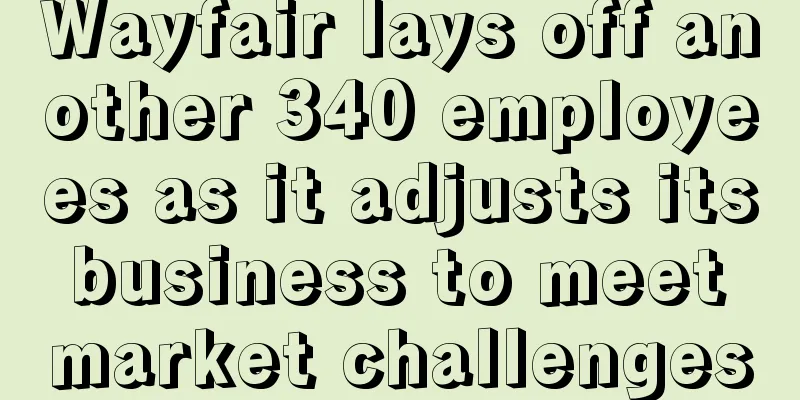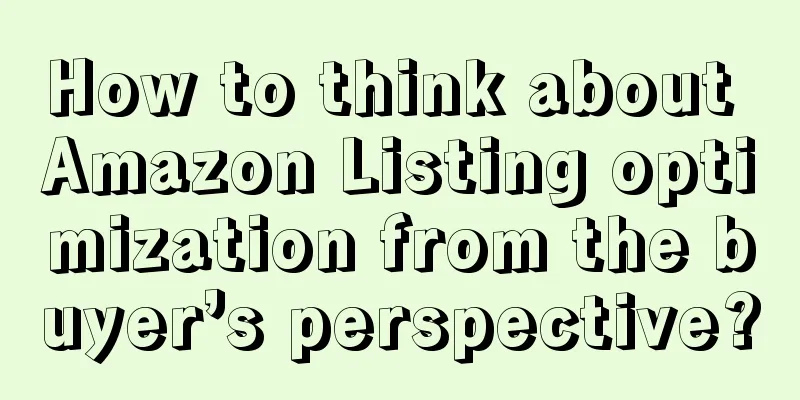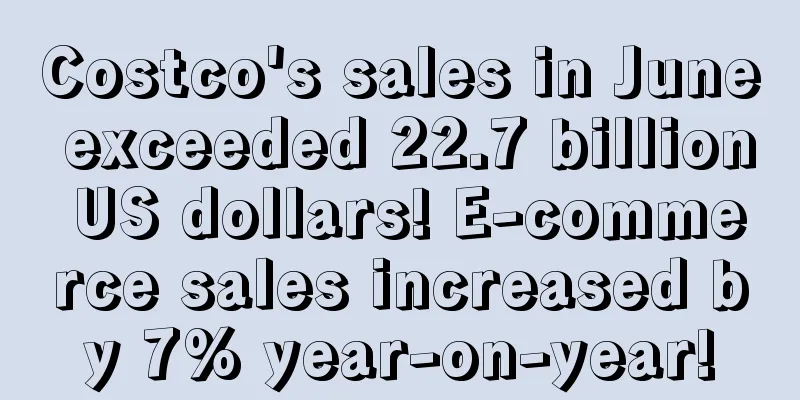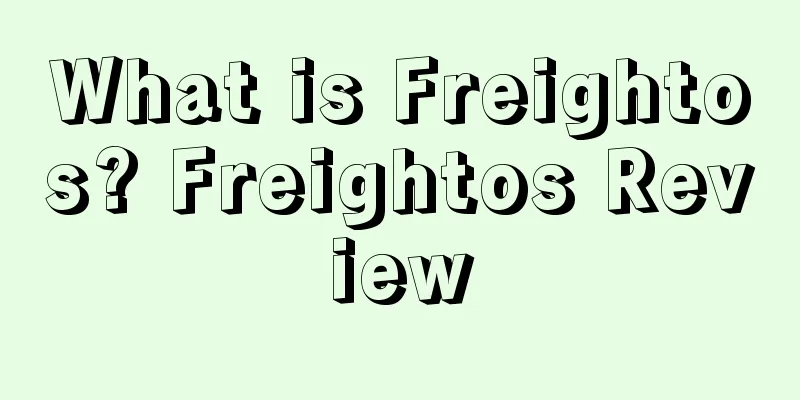Tariffs are higher than costs?! A big net is set up to trap Amazon sellers
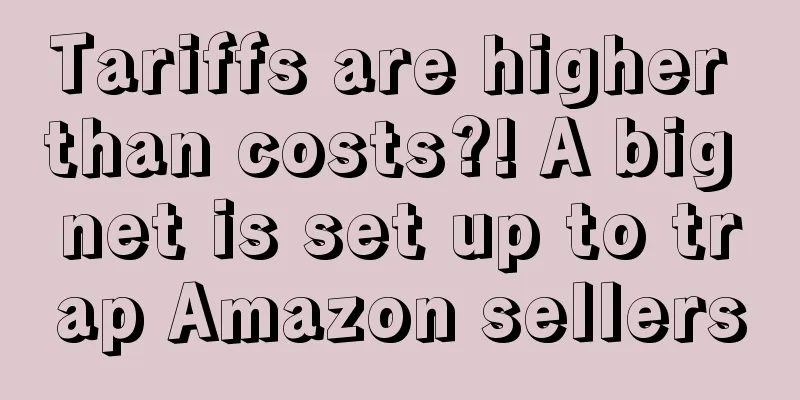
|
As the dark horse site of Amazon last year, sellers on the Japanese site have not had an easy time recently. Japan did not have an outbreak like the United States and Europe, so the Japanese site was not restricted from restocking and sales. During the epidemic, sellers on the Japanese site can be said to be one of the few groups that had the best time. However, since the news that Japanese customs strictly checked the declared value was revealed by several logistics companies last time, sellers on the Japanese site have started a difficult road. Not only are they required to provide product links when clearing customs, but the declared value provided cannot be less than 30% of the link price. At the same time, the customs clearance time has also been greatly extended. Many sellers are still in the process of customs clearance after sending their goods for more than a month. The same is true for our own sea shipment. The goods shipped at the end of March were not put into the warehouse and put on the shelves until early May. But the bigger pit is yet to come. When the sellers received the freight forwarding bills, they were surprised to find that the tariffs they had to pay were several times higher than usual. For some sellers, the tariffs had even equaled the purchase price! A seller told us that he purchased a batch of goods worth only about 15,000 yuan, but when he contacted the freight forwarder to pay the tax, he was told that the tariff amount was as high as 11,000 yuan! This example completely aroused my suspicion. What is the trick behind the obviously unreasonable sky-high tax? What is the situation with Japanese tariffs? Let’s take a look at a Japanese customs clearance form we got. The fees that need to be paid when clearing Japanese customs are composed of three items: customs duties, consumption tax and local consumption tax. The total rate is 14.5% (the standard rate of local consumption tax is 2.2%, and only a few categories can enjoy preferential tax rates). However, consumption tax and customs duties are calculated separately. You can privately message me for the specific algorithm to obtain the official explanation document from Japan Customs. In general, the comprehensive tax rate is about 15% of the declared value (the tariff rate varies according to the situation, the category in this example is 4.5%). According to the news released by freight forwarders last time that "Japanese Customs strictly investigates under-declaration", we must provide the link and declared value when declaring customs clearance, and the declared value must not be lower than 30% to 50% of the link price. If the declared value is 50%, the total tariff we have to pay when clearing customs should be about 7.5% of the actual price . If the declared value is 30% of the price, it will be lower. This ratio is far from as exaggerated as the sellers have reflected, so where exactly does the problem lie? Who is actually cutting the leeks? I have confirmed with multiple channels including Japanese customs that the tax rate I calculated above is not a big problem. Since the tax rate is correct, the biggest problem lies in the declared value. The chat screenshots provided by the seller show that the declared value provided by the seller to the freight forwarder is 210,000 yen in total, but in the tariff document provided by the freight forwarder, the declared value is as high as 900,000 yen! It is even higher than the price in the link! I asked many freight forwarders about this and found that basically no one could explain this matter clearly. If the seller is required to provide a declared value, the tax must be calculated based on this figure. So where did this 900,000 yuan come from? In fact, most of the customs clearance work of freight forwarders is done by third-party customs clearance agents. If the customs clearance agents intentionally tamper with the declared value, it is actually difficult for sellers to detect it. This time it was discovered because the numbers were too outrageous. It was more than 4 times the declared value and even more than 2 times the linked selling price. This exaggerated price difference made the seller alert. This kind of extremely high tax is not an isolated case. I asked a group of sellers on the Japanese site, and basically the recent tax rates are ridiculously high. There are many examples of charging around 20% to 30% of the selling price. In a situation like this, there must be a problem with the declared value. If you have recently been charged a lot of tax on your goods from Japan, please be sure to ask the freight forwarder for a customs clearance permit! It will detail your declared value and the weight and quantity of the goods! If there is a discrepancy, be sure to confirm with the freight forwarder what is going on! |
<<: Shenzhen sellers besiege Amazon! What happened to the epidemic prevention products? !
>>: Suddenly received a warning letter! Amazon is going to kill a large number of stores again
Recommend
Starting from scratch, Shopify's 30-day store opening tutorial - Day 22
In the last Shopify tutorial, we learned two ways...
What is the Three Heads and Six Arms Sellers Alliance? Three Heads and Six Arms Sellers Alliance Review
The San Tou Liu Bi Sellers Alliance is a platform ...
What is a patent invalidation search? Patent invalidation search review
Patent invalidity search (patentability search) re...
All channels are fully open! LOWE'S expands same-day delivery service across the United States!
US retailer Lowe's is expanding its same-day d...
After acquiring the brand assets of 3B giants, Overstock added 600,000 SKUs
It is learned that according to foreign media repo...
What is Kinnek? Kinnek Review
Founded in 2012, Kinnek is a technology platform t...
What is a Wireless TELEC Certificate? Wireless TELEC Certificate Review
(1) Technical standards for TELEC certification st...
What is shanghai-customs? shanghai-customs review
shanghai-customs offers a unique combination of in...
What is Musiio? Musiio Review
Founded in 2018, Musiio is the first venture-backe...
What is Warung Pintar? Warung Pintar Review
Warung Pintar is an Indonesian new retail family-s...
New theme for A+ pages: Holiday theme, prepare for Christmas!
This morning, Amazon proposed a new theme for A+ ...
Amazon will cover claims within $1,000, but forces sellers to pay insurance premiums?
▲ Video account attention: cross-border navigation...
The US children's clothing market continues to rise! These trends are worth paying attention to
It is learned that according to the NPD Group, aft...
What is an APUK account? APUK account review
APUK is a payment system developed by Amazon speci...
Mom: "Why are you still doing cross-border e-commerce? Go home and take the civil service exam."
Scan the QR code to join our seller family More i...

